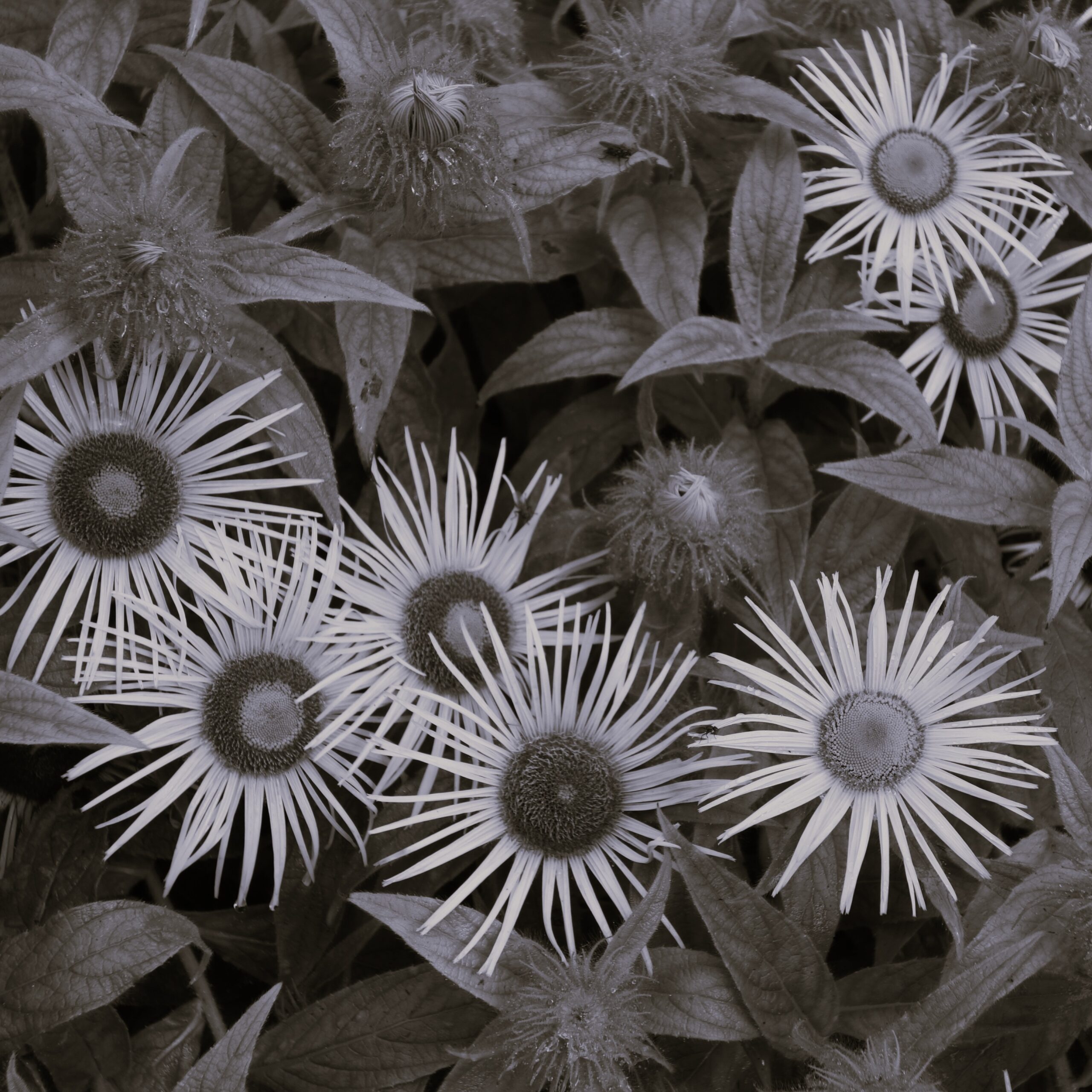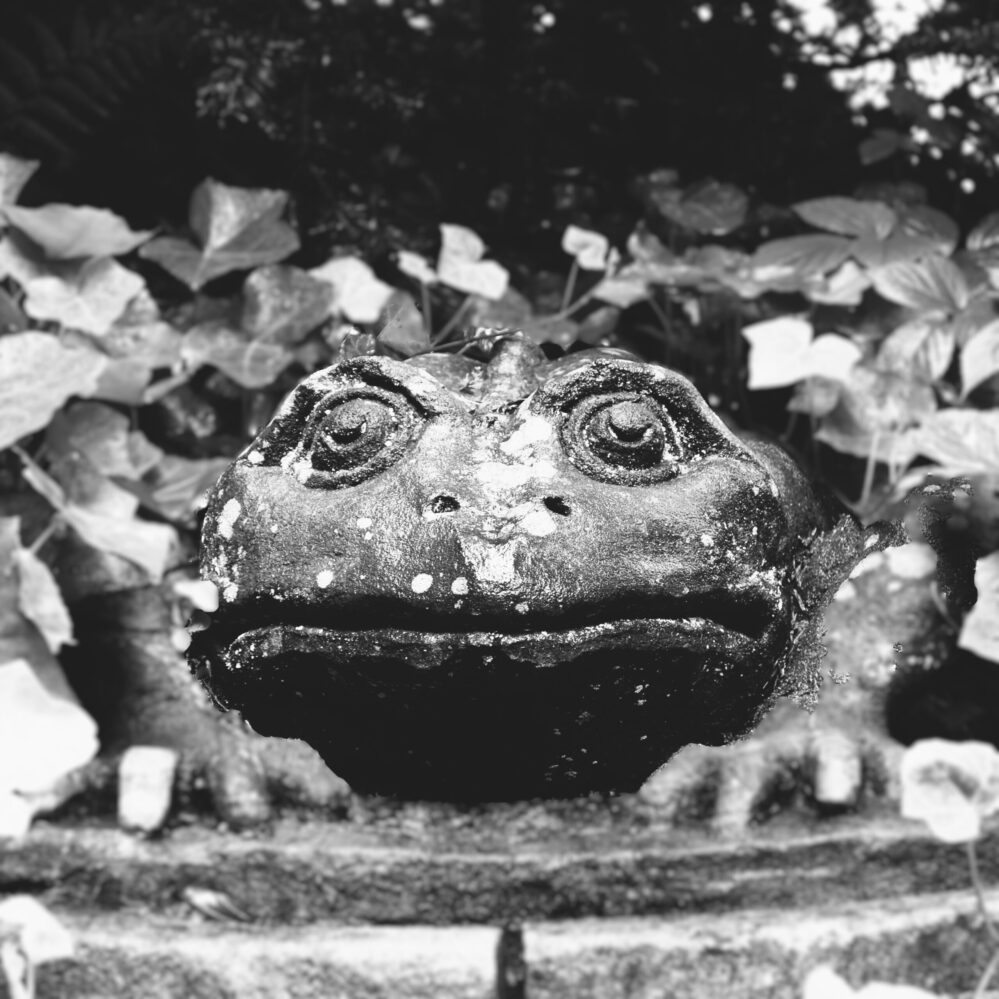Extra 1 | Themes
When We Think Differently Competitive And Cooperative Identity Changes

“No one should reach a point in life where their burdens are so heavy that they struggle between getting up and falling apart.”
Inspired by these words, Daveinstoke created the site Seesaws and Jigsaws. Competitive and cooperative identity changes when we think differently. Life doesn’t come with a rule book, and everyone faces their own struggles, each finding unique ways to cope. We have to sustain the resilience that inspires us and adapt to every challenge life reveals to us. The stories on this site offer insights into understanding life and navigating its complexities.
Seesaws and Jigsaws features blogs centred around two fundamental themes. The first theme is neurodiversity, which recognizes that our minds are uniquely wired, and that we each process information in diverse ways. The second theme is competitive cooperation, which strikes a balance between competition and cooperation: we compete to realize our human potential, while we cooperate to encourage tolerance, harmony and stability. Through competition, we strive for excellence, pushing ourselves and each other towards new goals. Through cooperation, we create a stable and harmonious environment. Ultimately, we strike a balance between competition and cooperation whenever we interact with the world or people around us.
Inclusion is the only way forward within the framework of neurodiversity and competitive cooperation.
Complementing the central themes of competitive cooperation and neurodiversity is the use of imagery to visualise both seesaws and jigsaws.
The image of a seesaw symbolises the passage of time. We need time to balance our options, consider them, understand them, prioritise them, evaluate them and refine them. By seesawing between advantages and disadvantages, adjusting what is and isn’t important, and interpreting insights, we ultimately reconcile ourselves with the challenging prospect of fulfilling, or perhaps surpassing, the limits of our human potential. Then, we can embrace our destiny within the life we’ve been given.
By seesawing options, we see the world through our relative perspectives of instinctive, nurtured, imagined, real or reasoned experiences. The back-and-forth motion between various options leads all possibilities towards choices.
The image of a jigsaw symbolises the concept of space. We need space to understand, check, scrutinise, and conquer our choices. Proficiency brings clarity, clarity reveals wonder, and wonder invites further exploration. We use space to build the bigger picture piece by piece, layer by layer, until our choices empower us with all we need to succeed as humans and to surpass our limits.
By jigsawing our choices, a picture of our lives emerges. We recalibrate ourselves as we add new pieces to the bigger picture, gaining broader understandings. These insights enable us to better contribute to our immediate spheres of engagement with others, who are also on their own human journey.
Together, the images of both seesaws and jigsaws offer us opportunities. We need these opportunities to embrace our humanity, to engage inclusively with what being human entails, to think spatially, to express ourselves emotionally, verbally, mentally, physically or spiritually, and to extend our human personalities towards others. We chunter or we triumph. Whether we struggle or succeed, we must not become isolated or burdened with a sense of emptiness.
While the seesaw of options starkly exposes both the harsh realities of life and the indecisiveness of living, the jigsaw of the bigger picture reveals understanding. Nevertheless, life’s unapologetic constant is change. The jigsaw of choices is always adapting, and cautiously strives for success, or at least contentment.
Seesaws and Jigsaws looks for harmony in disputes, fairness in division, inclusion in separation, beginnings in endings, integrity in solidarity and pathways through mazes of darkness.
Seesaws and Jigsaws explores what being human means through thought adventures of real and imagined experiences. These tales explore the challenges that life presents and the complexities of living. While life refers to the state of being alive, living, on the other hand, is about how we live. These tales aim to explore our emotional responses to life’s events, ultimately inspiring hope and dispelling despair. Also, these tales promote mindful silence to replace the clutter of chaotic thinking, calming our consciousness with understanding, hope and silence.
The mystery of consciousness unifies us by its inherent nature, and expresses itself through our emerging personalities long before (and after) we communicate directly. Consciousness spreads beyond the confines of our human limitations.
Our consciousness connects us. We do not exist alone; we cannot survive alone. Nor do we, or could we, exist independently of consciousness. Consciousness, or at the very least awareness, accompanies us along every stage of our of lives. Even when sleeping, we remain aware to some small degree. Even when unconscious, the link to consciousness is not fully disconnected; it is just more distant. Consciousness carries us; we carry consciousness. Our consciousness radiates the essence of our personalities and our inner being.
Our consciousness harmonises us with the struggles and confusions of the world. It works behind the scenes to prompt us and motivate us through our instincts, subconscious thoughts, desires and inspirations. Our consciousness begins to define us before we even become aware of our own existence. Yet, despite its extensiveness, we still have no universal and definitive explanation for consciousness.
Union sparks our connection with consciousness, much sooner than the birth of our bodies. The precise moment consciousness emerges is elusive. We know what happens to our bodies once consciousness leaves, but we do not know what happens to consciousness when our bodies no longer function. A body ceases to be alive not just when our heart no longer beats or when our breathing stops, but only when all links to consciousness are severed, permanently.
Our seesaws and jigsaws only make sense if we create them in agreement with the established order of the world, and if we base them on our actual needs, (which often differ from our ideal wants). Throughout the course of time, the order of the world changes, just as the needs of the world change. Nevertheless, the shared experience of consciousness remains. Humans react to the needs of life and the order of living in the incrementally progressive way that first set us aside from other forms of life. We evolve, yet remain human. Besides, consciousness is not exclusively a human characteristic.
Furthermore, we do not grow alone. Independence only arises from dependency. We need others to guide and steer us. Isolation increases our fears, while relationships bring perspective and enable us to become more mindful. Consciousness helps us interpret our needs within the boundaries of the world’s agreed order. At the same time, we promote integrity and inclusion by energising innovation through intuitive solutions to emerging needs, and through new ways of ordering the world. After all, change is our only constant.
Daveinstoke invites all visitors to daveinstoke.com to appreciate the unique contribution each person makes to life and living, and to recognise the shared commonalities of our humanity. Each of us tries to understand the experiences we gain from the needs of life, just as we try to realise whether we can, in some small way, contribute to the order of living.
We all empower each other when we ripple the triggers of change – inclusively, realistically and fairly. Hope is the anchor inviting us all to seesaw between life’s confusing options and piece together an ever-changing jigsaw of choices.

Blog 1 | Wednesdays : Dave races ahead
Understanding New Beginnings Through Instinct

Understanding How Problems Need To Be Tackled Not Ignored

Exploring and Understanding Life’s Opportunities